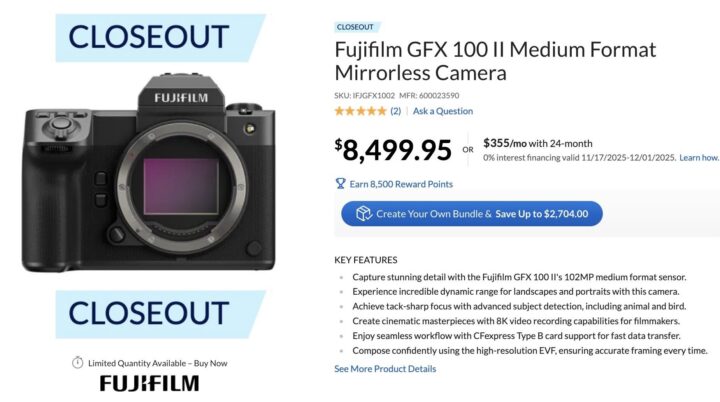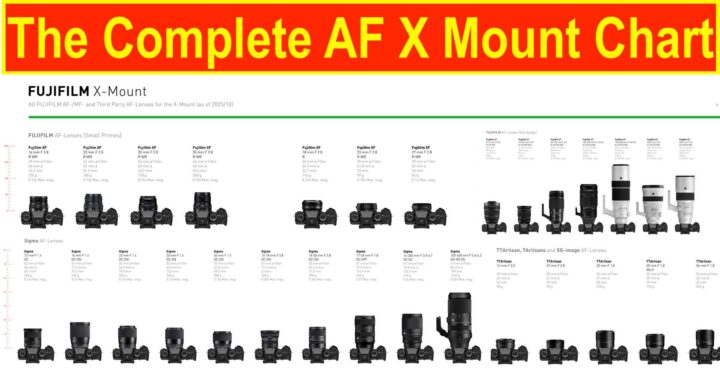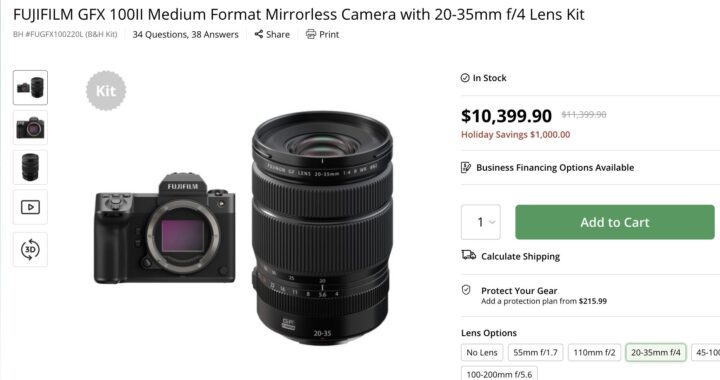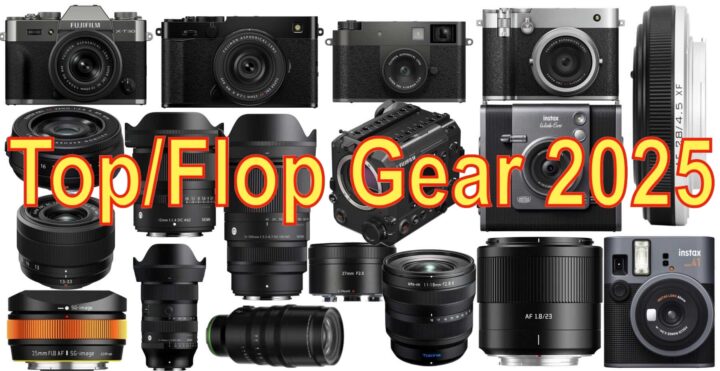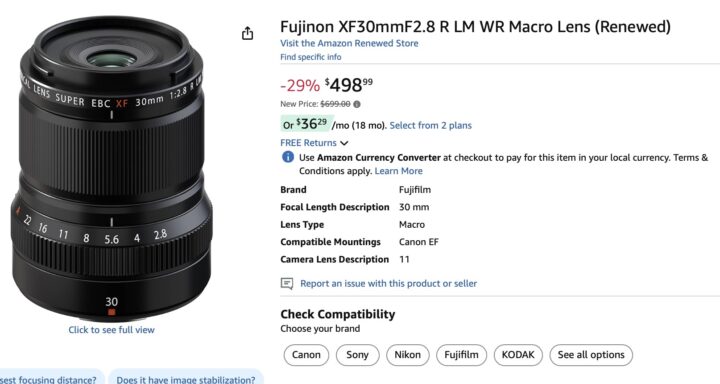
Fujifilm Europe has dropped massive X and GFX deals all over the continent. The deals start today and end January 14.
Depending on the country, some are cashback deals, some are instant rebates, and some are mixed rebates (instant + cashback). I will list details (+ link to pages to claim back money) below.
If you purchase at Amazon, make sure you buy directly from Amazon (not third party). I have seen Amazon listed as official retailer by Fujifilm Germany, Italy and UK. In France I did not see Amazon listed as qualified retailer.
Also, some deals are better at Amazon than other stores: for example, Amazon UK has the X-T5 for £1449 which is sold for £1,549 and WexUK and Co (that’s an instant rebate).
So, that’s the easy part.
The complicated part I will share it at the bottom.
But for now I’ll just say that given the complications and regional differences in Europe, I will list below only the deals for UK and Germany (the German deals as listed at Calumet.DE, because Fujifilm Germany has not put up the official deal page yet). But there are rebates also in France, Italy, Belgium, Austria and more.
NOTE: In Germany so far the X-T5/X-H2/S bodies are not listed as rebated, but other EU countries include X-T5, X-H2 etc in their cashback offer.
If you want to support FujiRumors, feel free to use any of the affiliate links below to access your store and make the purchase:
- FujiRumors Support Links
UK: Amazon UK, WexPhotoVideo UK, ParkCamera UK
DE: Amazon DE, Calumet, FotoErhardt, Fotokoch
EUR: Amazon IT, Amazon FR, Amazon ES, AmazonNL, 50.8 Shop, PCH Store
X Series Cameras
X Series Lens Deals
GFX Deals
The deals are confusing, mainly because Fujifilm Germany and Italy either do not report about the deals, or they contraddict themselves. So let’s see it country by country:
UNITED KINGDOM:
GERMANY
ITALY
- the official flyer image says X deals are instant rebates and GFX cashback. Although once you click the X deals, they list all items and they show up as cashback, with a cashback claim-money-back page that is not clickable (unlike the GFX claim-back-money page.
- Fujifilm ITA GFX Deals Clam-Back Money Page
- Italian Deal Page here
FRANCE, BELGIUM and CO
- Go to this page and then on the top right select your country/region to see the deals in your area

